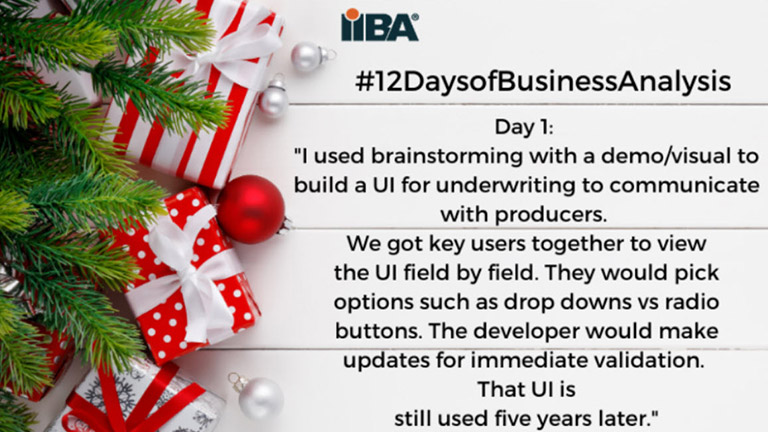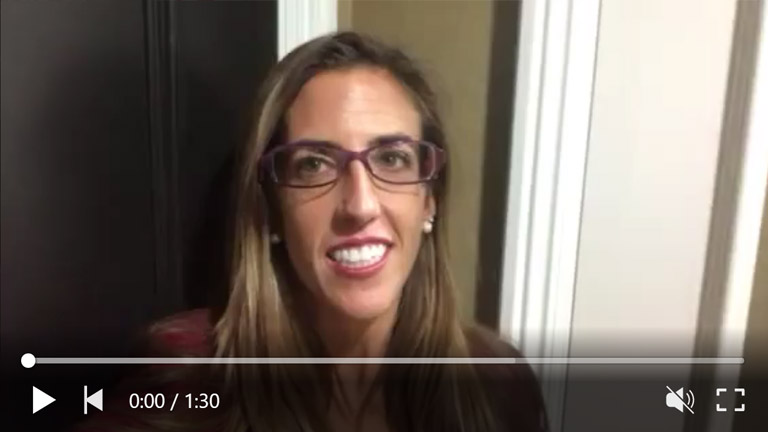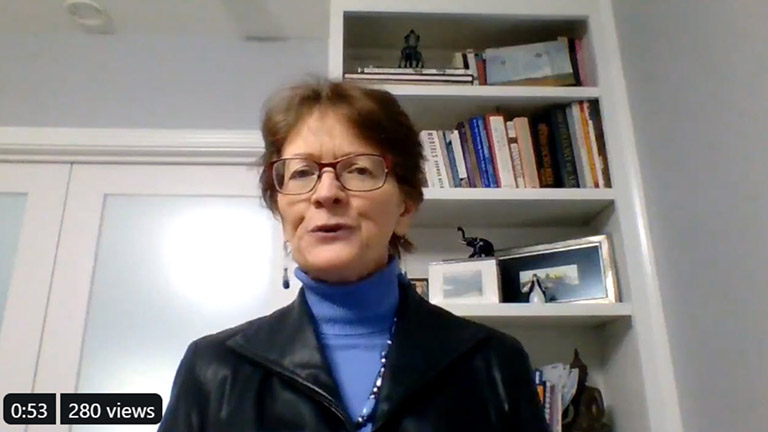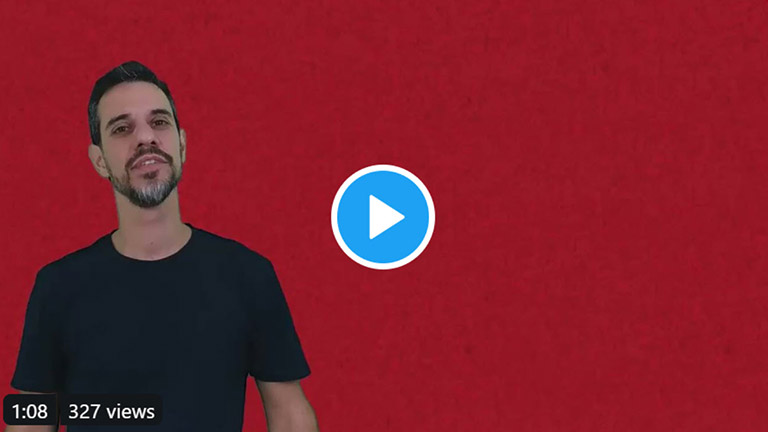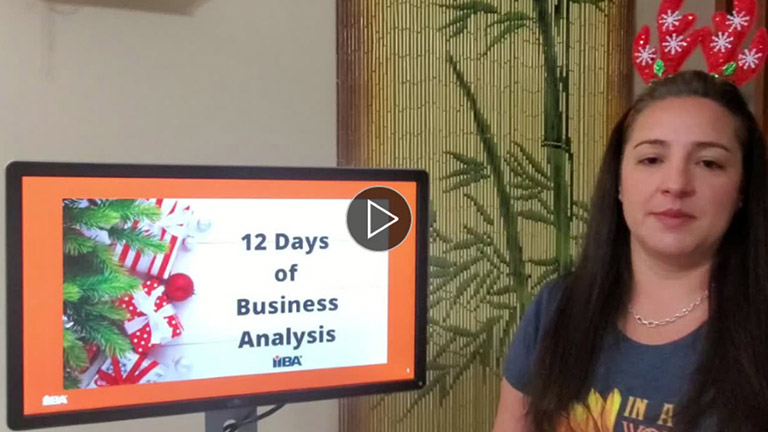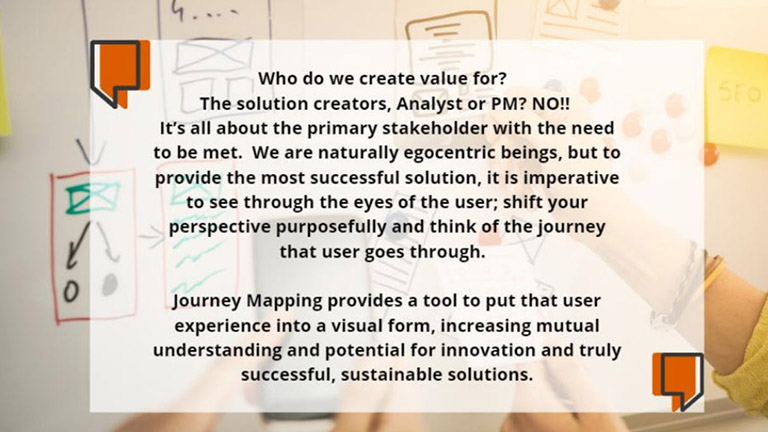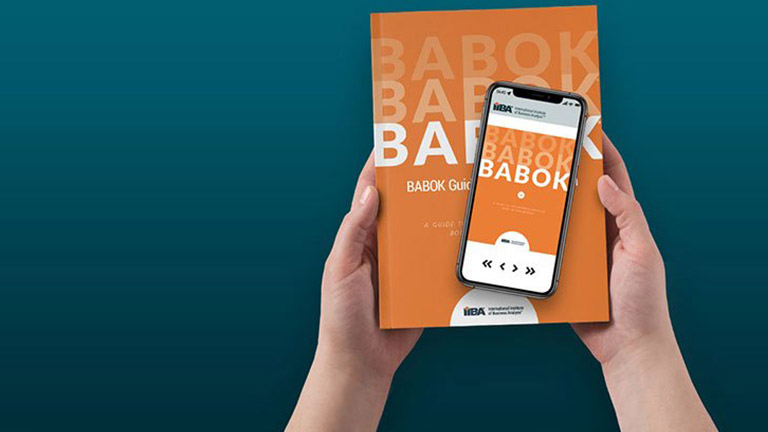8 Favourite Business Analysis Techniques
Receive free IIBA updates and exclusive content!
What is your go-to business analysis technique? The BABOK Guide covers 50 techniques. Which ones do you use most often? IIBA recently asked our community to share some of their favourite business analysis techniques, below are 7 of their front-runners along with one tip on what not to do.

1. Brainstorming:
Judy Alter, CBAP, IIBA Global Chapter Council shares her best memory of using the non-functional requirements analysis technique: Brainstorming to generate ideas without initial critique or evaluation.
2. What Not to Do When Brainstorming:
Jamie Champagne, CBAP, Champagne Collaborations (@jamie_champagne) shares the ONE THING you should not do when using the Brainstorming technique.
3. SWOT Analysis:
Jared Gorai, CBAP, IIBA Director of Chapters & Membership, talks about the SWOT Analysis visual model showing an organization’s strengths, weaknesses, opportunities, and threats; and discusses how he's used it in a previous role.
4. Interviews:
Eno Eka, CBAP, Business Analysis Career Coach (@MissPragmatic) shares one of her favourite Business Analysis techniques: Interviews. Whether conducting 1 to 1 or interviewing multiple participants this technique allows you to ask and answer questions to learn more about any aspect of a problem, project, or requirements.
5. Most:
Barbara Carkenord, CBAP, Carkenord Consulting and IIBA Board Member @bcarkenord shares how to get the most out of the MOST technique (Mission, Objectives, Strategy, Tactics). It helps you align your goals with your organization’s goals to target initiatives you should be looking at doing to maintain strategic alignment.
6. Concept Modelling:
Fabricio Laguna, CBAP, The Brazilian BA (@Fabricio_Laguna) shares why Concept Modelling is his favourite Business Analysis technique to provide clarity and structure for business analysis and business communication.
7. User Stories:
Danelkis Serra, CBAP, IIBA Chapter Operations Manager dives into using User Stories to simply convey what the user wants to achieve and add a touch of agile to your project.
8. Journey Mapping:
Lora McCoy, CBAP, transformation enabler shares her tip for using Journey Mapping to create value by shifting your perspective to understand the customer’s emotional state throughout their experience across different channels.
No matter your job title, if you practice business analysis it’s likely you have a preferred technique. What’s your favourite Business Analysis technique? Tell us with a social media post or a video, tag us @IIBA and include the hashtag #12DaysOfBusinessAnalysis. We’d love to hear from you!

